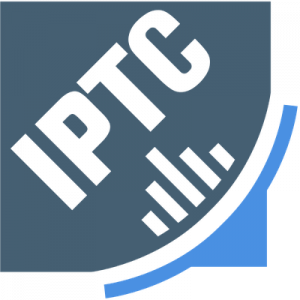Firefox and Safari browsers are already blocking tracking cookies by default, and Google’s Chrome is next in line to abolish third-party cookies. Media and advertisers are concerned about the challenges marketers face in a world without third-party cookies. How to deal with the fact that you’re no longer able to trace the steps of your web visitor?
In 2022, content is making a comeback in targeted advertising and already the ad spend flows on the contextual streams. However, compared to the contextual wave that took place years ago, a new type of artificial intelligence is being employed in digital advertising. This enables advertising that is more profoundly related to the content displayed and its themes, not only targeting ads to keywords in the content.
Contextual advertising gains the readers’ trust – and clicks
There’s a lot to be gained from the contextual approach. Targeting your marketing based on the content the visitor is viewing is user-friendly: it promotes privacy and is less disruptive. As it’s not based on tracking web behavior it enables effective marketing in a cookie-free world. But that’s not the whole story.
Contextually targeted advertising is not just a substitute for behavioral tracking-based advertising – it in fact offers a significant advantage as the brands are able reach the right audience at the right moment. Contextual targeting is more acceptable and improves the brand’s image in the eyes of the reader, increasing also the likelihood of an eventual click-through and purchase.
Another advantage is the transparency of contextually targeted advertising. Advertisers can view traffic from different publishers and determine the most profitable source of traffic.
Effective and responsible marketing in the evolving media environments
What’s new about contextual targeting? Extracting context from content and using that to target ads has been done before, but the techniques and results have taken big leaps over the last decade. In the past, contextual technology was almost entirely either keyword-based, making it inaccurate, or maintenance intensive, relying on continuous hand-tuning.
Today, AI and machine learning techniques have evolved to the point where the previous rudimentary techniques can be replaced by considerably more efficient methods. This minimized the integration processes and increases the agility and reach of contextual targeting.
What can now be achieved with contextual technology is marketing that stays up-to-speed with the ever-changing trends, ensuring brand safety and suitability in every ad environment. Critical rapidly evolving events, such as the Russia’s attack to Ukraine, should be identified as soon as possible so that the brands can respond to it as the situation requires.
Whether it’s a Netflix hit, an international conflict or a corona variant, securing brands in their advertising environment is essential. Now more than ever, it’s increasingly important for advertisers to keep supporting the media and to do that we need to provide meaningful methods for advertisers that ensure they’re able to promote their business in the best possible way.
Neuwo adds intelligence to contextually targeted marketing. Contact us and we’ll tell you more.





